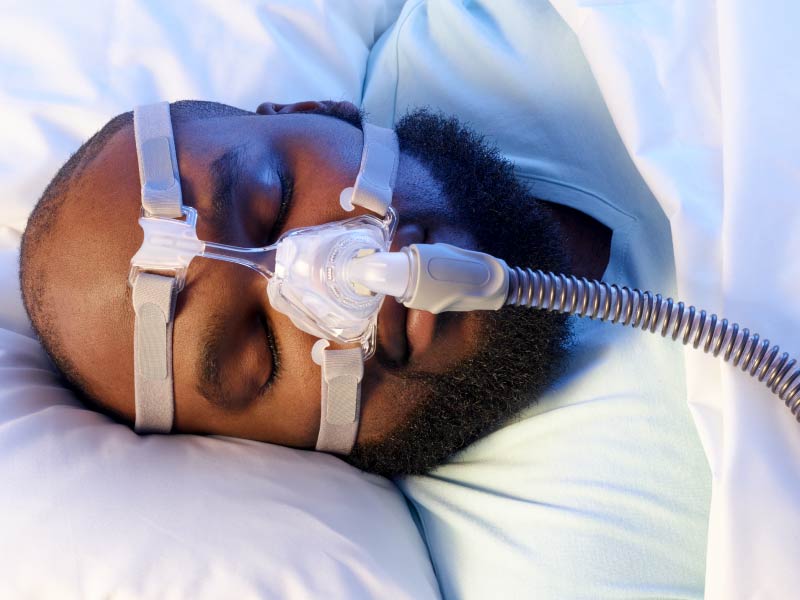- Empty cart.
- Continue Shopping
How to Use a CPAP Machine for Sleep Apnea

Sleep apnea is a sleep disorder characterized by pauses in breathing or periods of shallow breathing during sleep. One of the most effective treatments for sleep apnea is the use of a Continuous Positive Airway Pressure (CPAP) machine. This device helps keep your airways open, ensuring you get a good night’s sleep and reducing the risks associated with sleep apnea.
Understanding CPAP Components
Before diving into the usage, it’s essential to understand the main components of a CPAP machine:
- CPAP Unit: The main machine that generates the airflow.
- Hose: A flexible tube that connects the CPAP unit to the mask.
- Mask: The part that fits onto your face, covering either your nose, mouth, or both.
Setting Up Your CPAP Machine
Positioning
Place the CPAP unit on a flat surface near your bed, ensuring it’s lower than your head to prevent water from entering the mask.
Hose Connection
Connect the hose to the CPAP unit and the mask. Make sure the connections are secure to prevent air leaks.
Power Up
Plug the CPAP machine into an electrical outlet and turn it on. Most machines have a simple one-button operation.
Putting on the Mask
- Adjust Straps: Loosen the straps before placing the mask on your face.
- Position Mask: Hold the mask against your face and pull the straps over your head.
- Secure Straps: Tighten the straps just enough to seal the mask against your face without discomfort.
Starting the Therapy
- Lie Down: Get into your sleeping position.
- Turn On the Machine: Use the machine’s button or remote control to start the airflow.
- Breathe Normally: Try to breathe through your nose (unless you’re using a full-face mask, which allows for mouth breathing).
Tips for Effective Use
Ramp Feature
Many CPAP machines come with a “ramp” feature that starts the air pressure low and gradually increases it to your prescribed level. This can make it easier to fall asleep.
Humidifier
If you experience dryness or irritation, consider using a CPAP machine with a built-in humidifier.
Regular Cleaning
Regularly clean the mask, hose, and unit as per the manufacturer’s instructions to ensure optimal performance and hygiene.
Consult Your Healthcare Provider
If you experience discomfort, air leaks, or other issues, consult your healthcare provider for possible adjustments or alternative mask types.
In conclusion, using a CPAP machine can significantly improve the quality of your sleep and overall health when dealing with sleep apnea. While it may take some time to get used to, the benefits far outweigh the initial discomfort. By understanding your machine, setting it up correctly, and following best practices, you can maximize the effectiveness of your CPAP therapy. So, don’t let sleep apnea rob you of a good night’s sleep—take control with the help of a CPAP machine.








